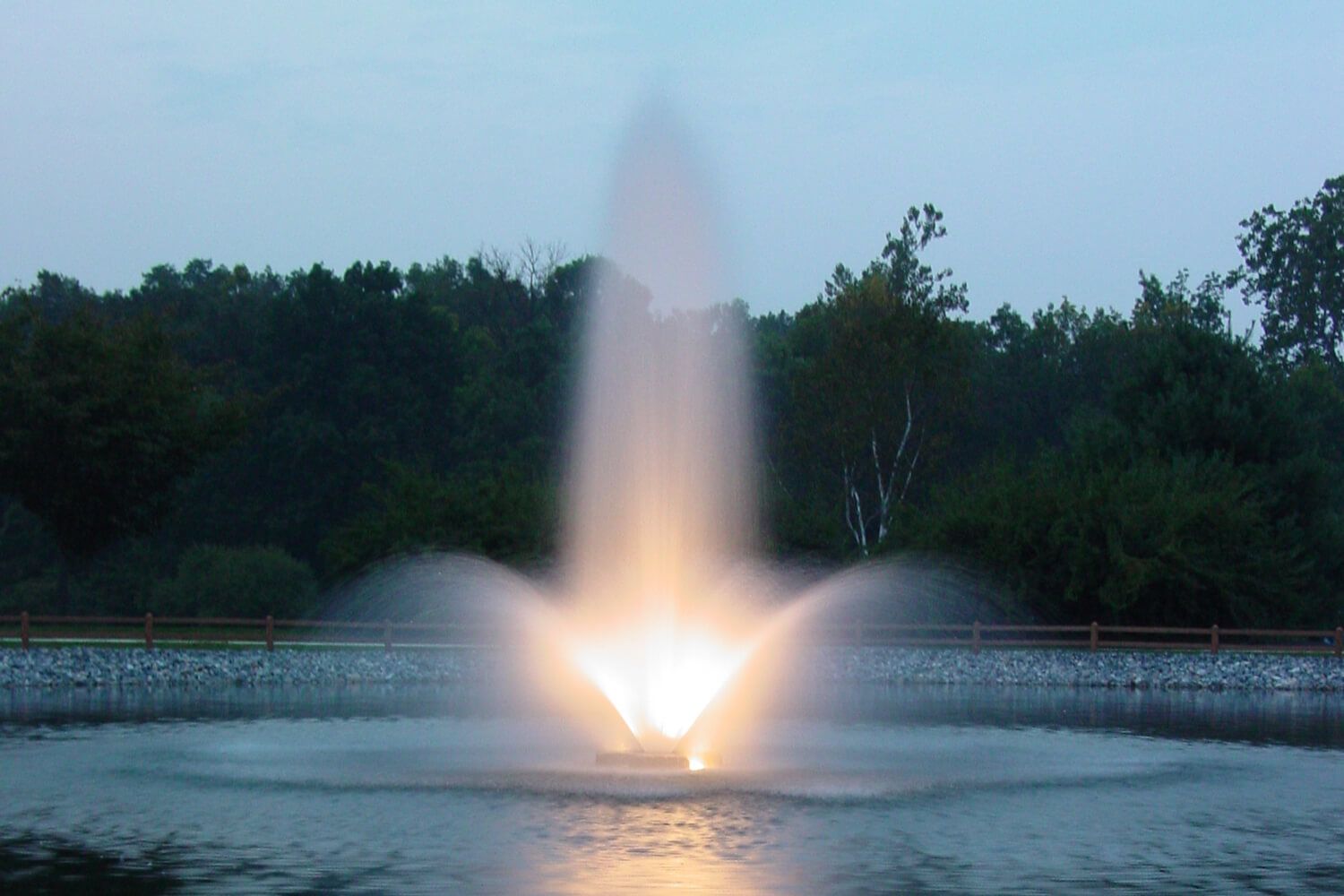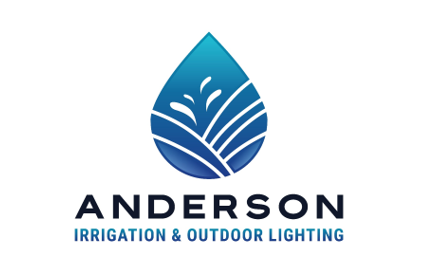Blog Layout
You Need an Option for Pond Aeration? These Are The Two to Consider

By: Clay Anderson / February 4, 2024
Maintaining a healthy pond ecosystem requires more than just clear water; it demands a strategic approach to oxygenation. We will explore two popular pond aeration methods – Subsurface Diffuser Aeration and Floating Fountain Aeration – each with its unique benefits and applications. Whether you are managing a private oasis or an ornamental water feature, understanding these techniques is key to achieving optimal water quality and a thriving aquatic environment.
Subsurface Diffuser Aeration:
Description:
Subsurface diffuser aeration involves the installation of diffusers on the pond's bottom, releasing fine bubbles that rise to the surface. These diffusers are typically connected to a compressor onshore, ensuring a continuous supply of oxygen to the water.
Benefits:
Prevention
of Stratification: Subsurface diffusers disrupt thermal stratification, preventing the formation of distinct layers of water temperature.
Enhanced Oxygen Transfer:
The fine bubbles increase the surface area for oxygen exchange, promoting efficient gas transfer and improving overall oxygen levels.
Reduction of Algae and Odors:
By maintaining well-oxygenated conditions, subsurface aeration discourages the growth of algae and helps mitigate unpleasant odors caused by anaerobic processes.
Ideal for:
Deeper Ponds:
Subsurface diffusers are particularly effective in ponds with greater depth, ensuring oxygen reaches the lower layers where it is often needed most.
Large Bodies of Water:
Suitable for lakes, reservoirs, or ponds with expansive surface areas.
Considerations:
Installation:
Requires installation by trained professionals to optimize diffuser placement for maximum efficiency.
Energy Consumption:
While efficient, the continuous operation of compressors may contribute to energy costs.
Floating Fountain Aeration:
Description:
Floating fountains are not just visually appealing; they serve a functional purpose by creating surface agitation and introducing oxygen into the water through splashing and aeration devices.
Benefits:
Aesthetic Appeal:
Floating fountains enhance the visual appeal of ponds, providing a dynamic focal point that complements landscaping.
Surface Oxygenation:
Agitation caused by the fountain promotes oxygen transfer between air and water, benefiting fish and other aquatic life.
Algae Control:
By preventing still water conditions, floating fountains hinder algae growth, contributing to water clarity.
Ideal for:
Ornamental Ponds:
Ideal for ponds where aesthetic appeal is a priority, such as residential gardens, parks, or golf courses.
Shallow Ponds:
Effective in shallower bodies of water where subsurface diffusers may be less practical.
Considerations:
Power Source:
Requires access to electricity to power the fountain's pump, limiting placement options in some cases.
Maintenance:
Regular maintenance is necessary to keep the fountain in optimal condition and prevent clogging.
Conclusion:
Subsurface diffuser and floating fountain aeration represent two distinct approaches to pond oxygenation, each catering to specific needs and preferences. Whether you prioritize functionality, as in the case of subsurface diffusers, or seek to enhance the visual appeal of your pond with a floating fountain, a well-informed decision will contribute to the overall health and beauty of your pond. By understanding the nuances of these aeration methods, pond enthusiasts can make informed choices to create a balanced and vibrant ecosystem.
Follow Us,
